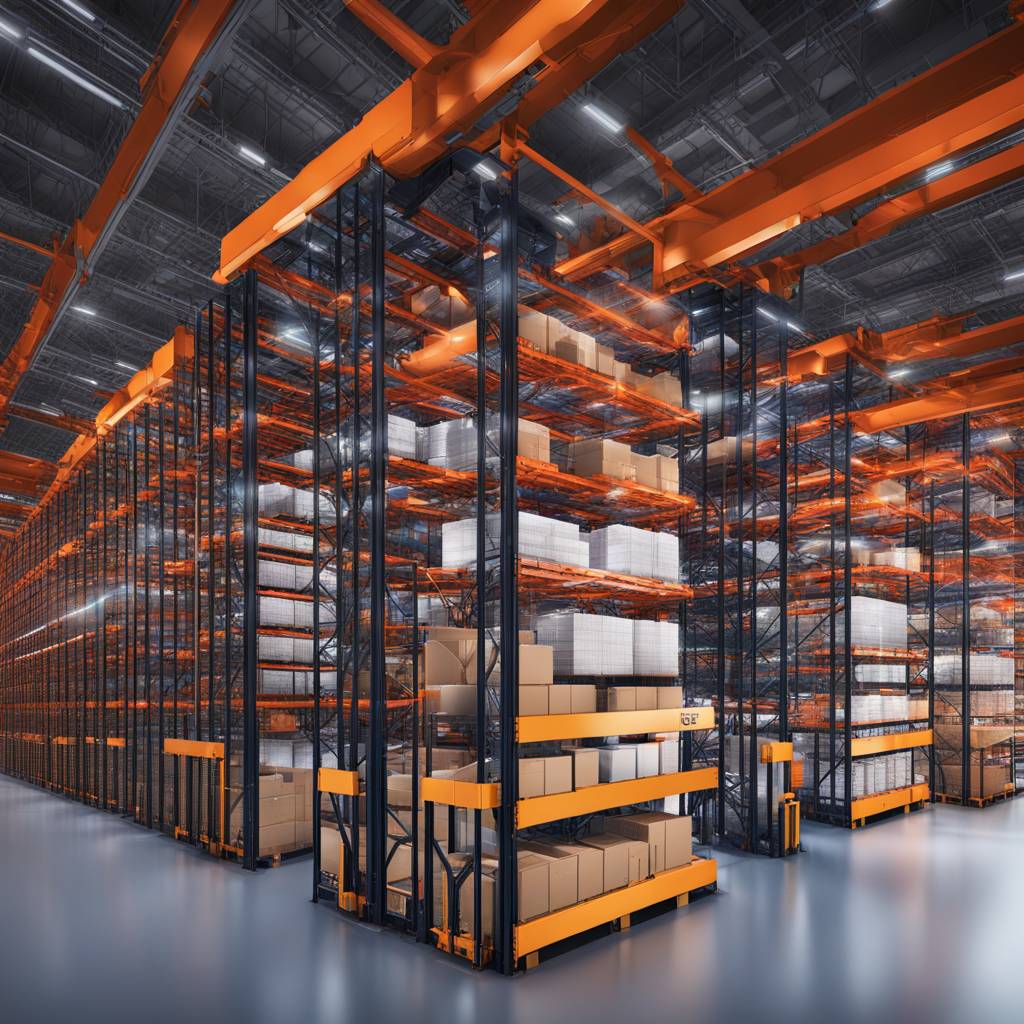Large commercial real estate operational facilities, such as warehouses and data centers, are at the forefront of a transformative era as they adapt to the increasing global demand in the material and digital worlds. With hundreds of billions being invested globally, these facilities are facing challenges related to inefficiency, inventory management issues, and excessive energy consumption. However, the introduction of generative AI is set to revolutionize the way these facilities operate, unlocking new levels of efficiency, sustainability, and resiliency.
Generative AI offers a proactive approach to facility management by analyzing vast datasets and creating innovative solutions that traditional technology tools cannot. This technology can optimize layouts, predict potential bottlenecks, and improve overall operations in warehouses and data centers. The potential impact of generative AI on these facilities is estimated to be in the $1+ trillion range by the end of the decade, with warehouses and data centers being prime candidates for its transformative power due to their massive data and physical asset management needs.
Warehouses can benefit from generative AI through drone-powered inventory management, optimized layouts, and predictive analytics, leading to increased inventory accuracy, reduced travel time for workers, and improved order fulfillment speed. Similarly, data centers can optimize energy-efficient layouts, predictive thermal management, and data-driven space utilization, resulting in reduced energy consumption, improved server uptime, and increased data center capacity. These improvements can lead to significant cost savings and environmental benefits.
The potential benefits of generative AI extend beyond warehouses and data centers to other industries as well, such as manufacturing, retail, and healthcare. By leveraging this technology, businesses can enhance production efficiency, resource allocation, and customer experiences. Generative AI stands out from other technology techniques by offering a dynamic and data-based approach to facility optimization, creating entirely new solutions that adapt to changing conditions and draw from multiple data sources.
Getting started with generative AI may seem complex, but it is a manageable process that companies can undertake by assessing their data infrastructure, partnering with startups or Big Tech companies specializing in generative AI solutions, and implementing pilot projects to measure the impact before scaling up. Embracing generative AI is essential for large facilities looking to improve efficiency, reduce costs, and stay competitive in the rapidly evolving digital landscape. With the future of intelligent, sustainable, and resilient facilities within reach, now is the time for businesses to embrace generative AI and build a brighter future.













